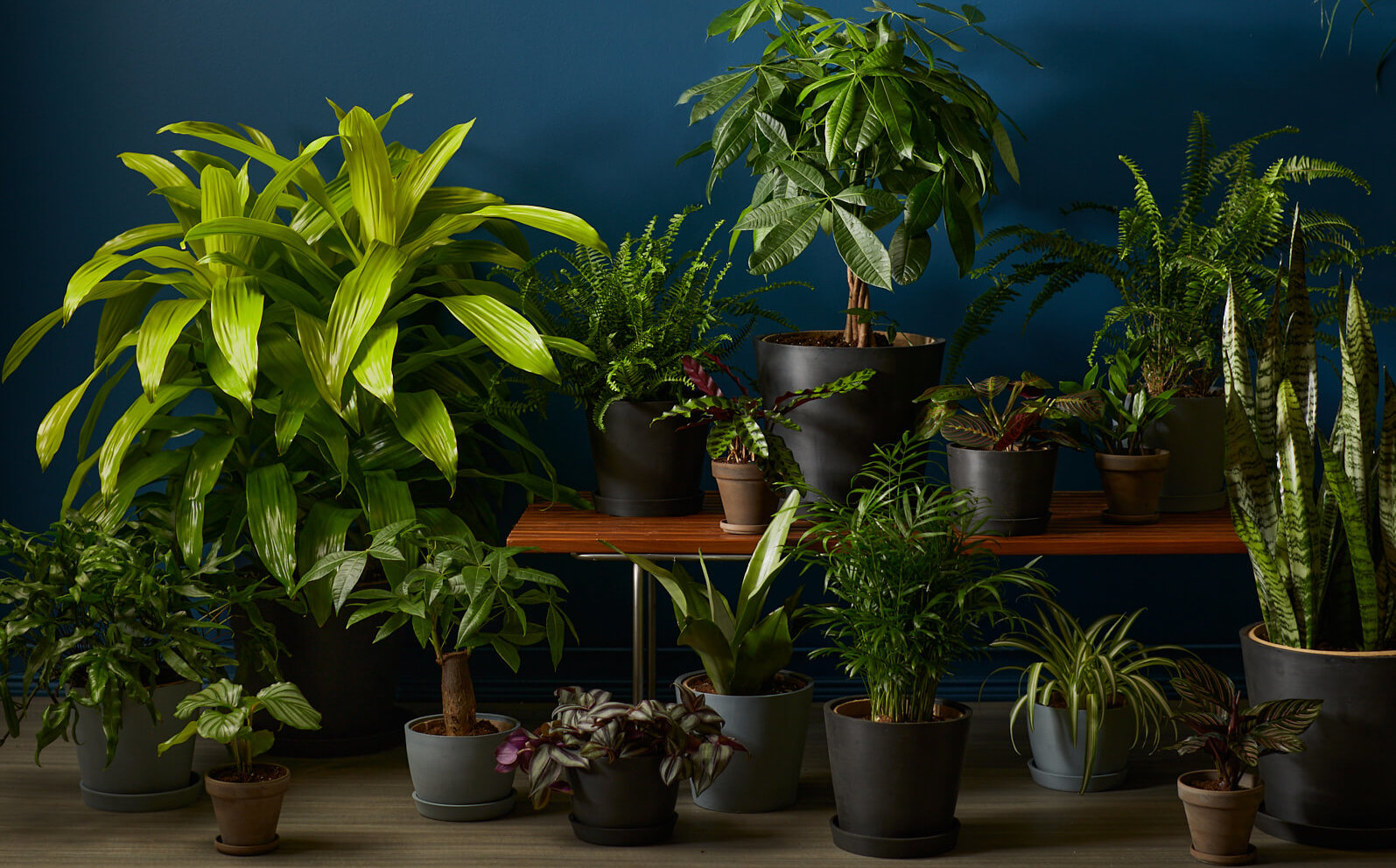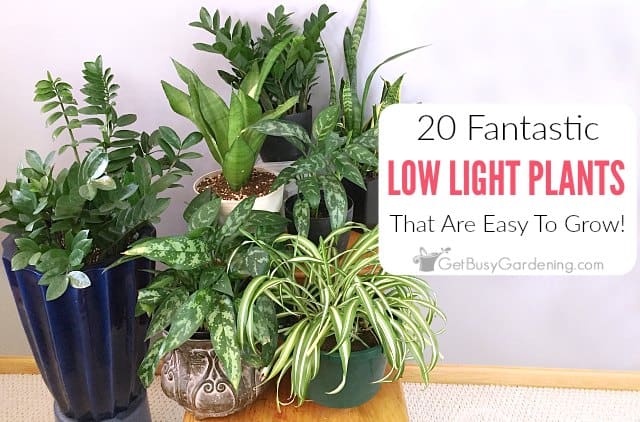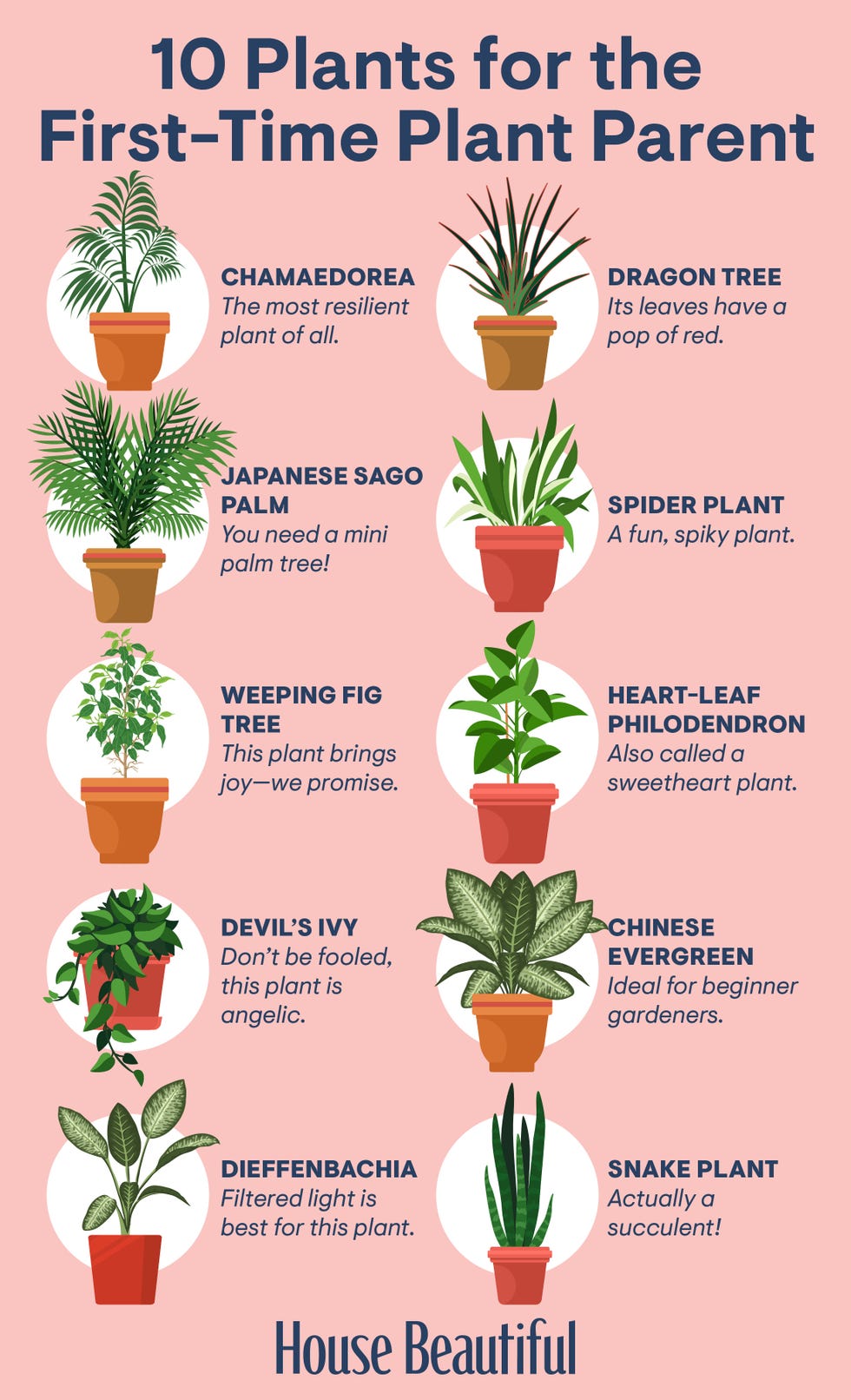Discover the Keys of Low-Light Indoor Plants and Exactly How They Enhance Your Atmosphere
Low-light interior plants have gathered increasing focus for their distinct capacity to improve both aesthetic charm and ecological high quality within work environments and homes. These resilient types, consisting of the Snake Plant and Tranquility Lily, not just thrive in tough lighting problems however additionally play an essential function in air purification and psychological health.
Benefits of Low-Light Indoor Plants
Although many individuals assume that interior plants need bountiful sunshine to prosper, low-light indoor plants supply a plethora of advantages that make them optimal for numerous settings. One of the main benefits is their adaptability; they can grow in rooms with minimal all-natural light, such as offices, basements, or spaces with little windows. This feature enables people to enhance their environments with plant, adding to improved aesthetics without the demand for substantial lights adjustments.
Additionally, low-light indoor plants can dramatically improve interior air top quality by launching and filtering hazardous contaminants oxygen, making living areas healthier. The visibility of plants has been linked to greater feelings of serenity and emphasis.
Additionally, low-light plants typically require much less upkeep than their sun-loving counterparts, making them excellent for active people or those new to horticulture. Their durability allows them to love marginal treatment, therefore supplying a satisfying experience for plant lovers and novices alike. In summary, low-light indoor plants serve both functional and visual functions, making them important additions to any space.
Leading Low-Light Plant Varieties
Low-light indoor plants can be found in a selection of types, each offering one-of-a-kind attributes and benefits fit for dark atmospheres. Among the most preferred varieties is the Serpent Plant (Sansevieria), understood for its air-purifying abilities and building fallen leaves. This durable plant prospers on forget and can tolerate a variety of light problems.
Another exceptional choice is the ZZ Plant (Zamioculcas zamiifolia), which includes glossy, dark green fallen leaves and is extremely drought-tolerant. Its versatility makes it a preferred for workplaces and homes with limited sunshine.
The Pothos (Epipremnum aureum) is additionally a leading competitor, with its trailing vines and heart-shaped leaves - Best low-light indoor plants. This versatile plant can be educated to climb up or cascade, adding visual rate of interest to any area

Care Tips for Low-Light Plants
Caring for low-light indoor plants requires a nuanced understanding of their specific demands to ensure optimum development and vigor. First, it is vital to choose the right potting mix, as a well-draining dirt is critical to stop origin rot. A blend made for houseplants, typically consisting of peat moss and perlite, works well for many low-light varieties.
Watering is one more vital aspect of care. Low-light plants normally call for much less regular watering compared to their sun-loving counterparts. It is a good idea to examine the leading inch of soil; if it really feels completely dry, it's time to water. Overwatering can cause problems such as mold and mildew and root degeneration.
Fertilizing must be approached with care. Throughout the growing season, a diluted liquid fertilizer can be used monthly, yet in winter season months, lots of low-light plants enter inactivity and call for little to no fertilizing.
Last but not least, it's essential to periodically cleanse the leaves to remove dirt, enabling much better light absorption. By adhering to these treatment suggestions, you can cultivate a growing setting for your low-light interior plants, boosting both their appearance and longevity.
Enhancing Air Top Quality With Plants
Indoor plants play a considerable duty in boosting air quality within homes and workplace. Via the process of photosynthesis, navigate to this site these plants soak up co2 and launch oxygen, adding to a healthier atmosphere. Additionally, particular low-light indoor plants have the capability to filter dangerous pollutants, such as benzene, trichloroethylene, and formaldehyde, which are commonly discovered in indoor settings.

In addition, the visibility of interior plants can enhance moisture degrees, which assists minimize completely dry skin and respiratory problems, even more improving general health. This capacity to improve air quality not just promotes physical wellness but likewise sustains psychological wellness.
Including low-light interior plants into your living and functioning areas can bring about a more stimulating and lively atmosphere (Best low-light indoor plants). Buying these natural air purifiers is a basic yet effective approach for boosting indoor air quality and fostering a much healthier lifestyle
Creating a Peaceful Indoor Room
The assimilation of plants right into living rooms not just boosts air top quality however also contributes to a relaxing ambience. Low-light interior plants, such as serpent plants and pothos, are especially efficient in developing a peaceful setting, as they flourish in problems that may or else be unwelcoming for other greenery. Their lush vegetation provides a soothing visual, minimizing anxiety her latest blog and promoting relaxation.
Incorporating these plants into your home or workplace can stimulate a sense of tranquility and well-being. Tactically putting them in areas where you invest considerable time, such as living offices or rooms, enables an immersive experience with nature, which has actually been revealed to enhance mood and cognitive function.
Additionally, the mild movement of leaves in reaction to air flow can create a vibrant aesthetic component that boosts the total atmosphere. Think about using a range of plant heights and textures to add deepness and passion to your space. With thoughtful placement and treatment, low-light indoor plants can transform any area into a serene haven, fostering not just visual contentment yet emotional and additionally psychological health.

Verdict
Including low-light interior plants into different settings yields considerable benefits, consisting of enhanced air high quality and boosted visual allure. The transformative power of low-light plants highlights their worth in improving both job-related and domestic setups.
Although More hints lots of people assume that interior plants require plentiful sunlight to flourish, low-light indoor plants offer a wide variety of benefits that make them optimal for various atmospheres.Additionally, low-light interior plants can considerably boost interior air top quality by releasing and filtering harmful contaminants oxygen, making living areas healthier. Furthermore, specific low-light indoor plants possess the capacity to filter dangerous pollutants, such as trichloroethylene, formaldehyde, and benzene, which are generally discovered in indoor atmospheres.
Low-light interior plants, such as snake plants and pothos, are particularly reliable in creating a tranquil setting, as they thrive in problems that may or else be inhospitable for other plant.Incorporating low-light interior plants right into various settings returns considerable advantages, consisting of boosted air top quality and enhanced aesthetic allure.
Comments on “Transform Your Living Space with the Best Low-Light Indoor Plants”